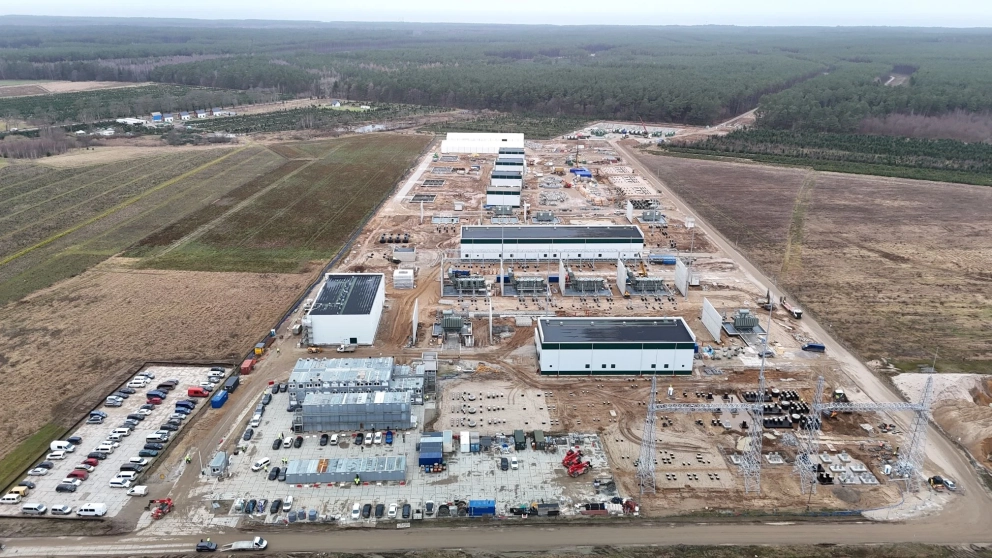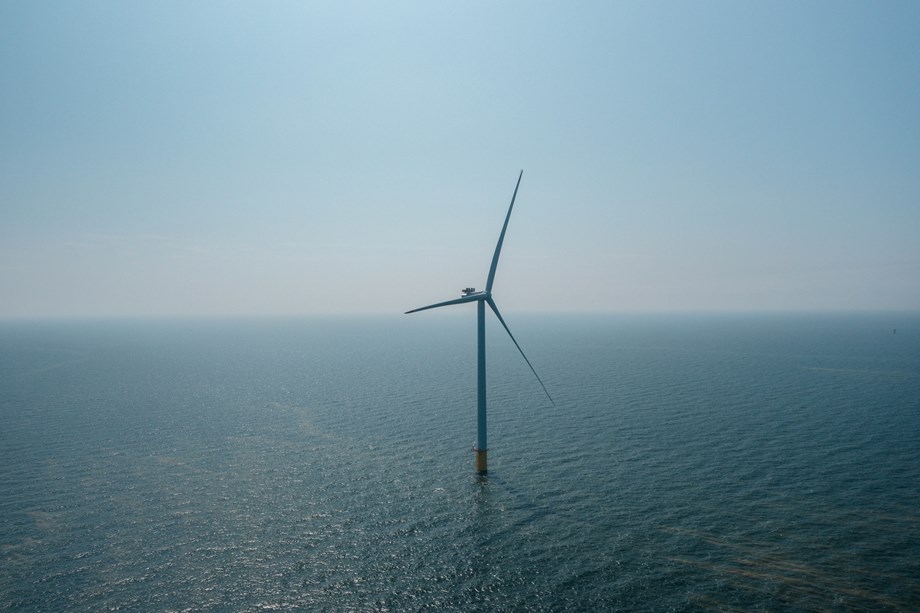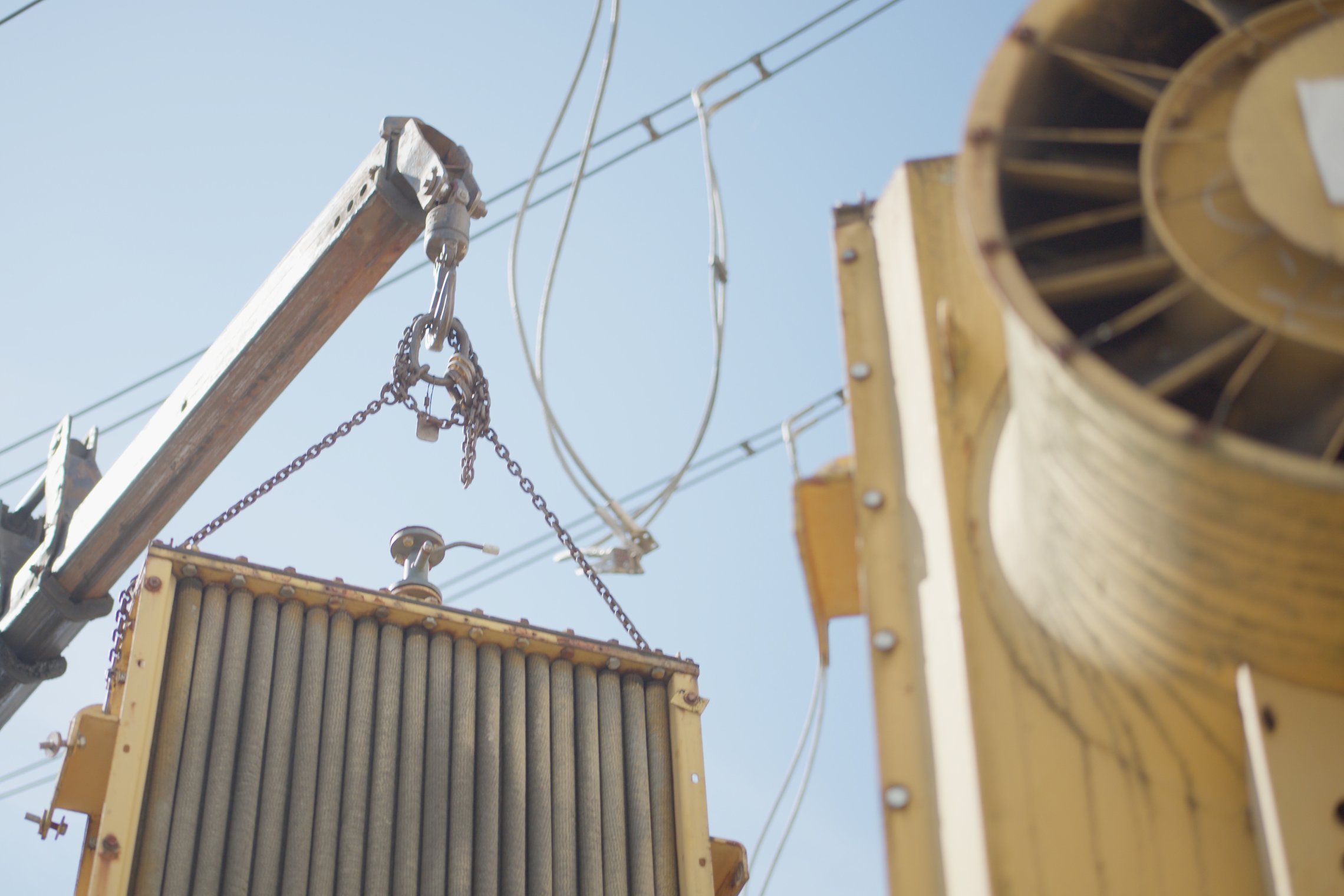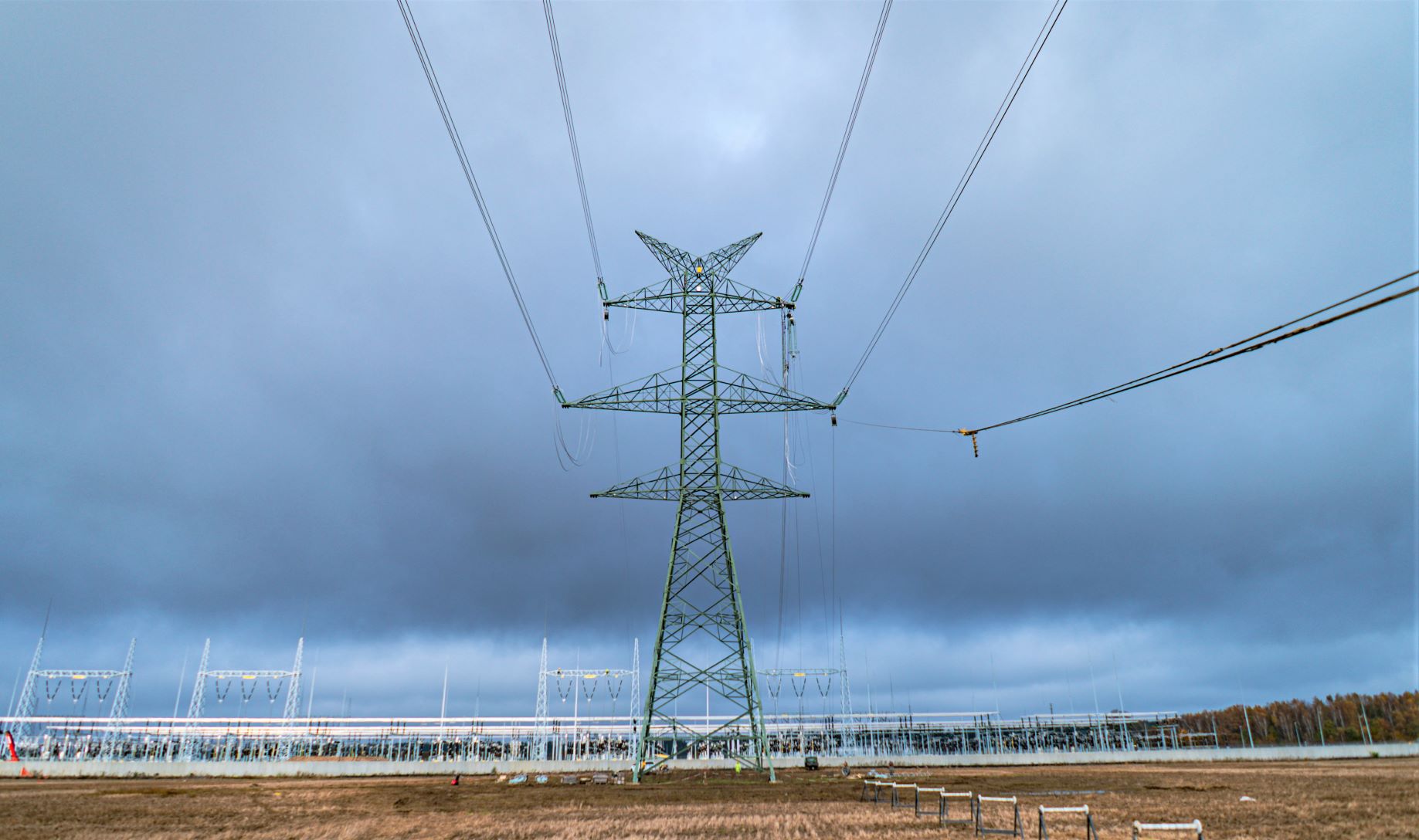As part of our summary of the past year, we present the voices of the industry and international institutions on one of the key events that was the COP27 climate summit. Undoubtedly, the global implementation process of the Paris Agreement is one of the keys for decarbonization and the development of renewable energy sources, including offshore wind energy. In 2022 – the year of the global energy crisis compounded by Russian aggression against Ukraine – the COP27 summit was held in Sharm el Sheikh, Egypt. For nearly two weeks, world leaders discussed how to protect the planet from the threats posed by accelerating climate change. There was no spectacular success, but a decision was reached on the creation of a new fund that will support countries struggling with the effects of climate change. The offshore industry can also speak of success. The Global Offshore Wind Alliance has gained new members.
Despite raised hopes and expectations, the provisions from the previous Glasgow summit on accelerating efforts to phase out the use of coal and inefficient fossil fuel subsidies were not reinforced. On the plus side, the decision to accelerate the development of renewable energy sources has been made.
At COP27, nine new countries – Belgium, Colombia, Germany, Ireland, Japan, the Netherlands, Norway, the United Kingdom and the United States – joined the Global Offshore Wind Alliance (GOWA). Countries joining GOWA are expected to work together to realize national, regional and global ambitions and remove barriers to the deployment of offshore wind energy in new and existing markets. Founded at COP26, the global alliance aims to be the world’s driving force behind the use of offshore wind energy by bringing together governments, international organizations and the private sector to reduce emissions and increase energy security.
Offshore – a cure for climate change
The International Renewable Energy Agency (IRENA) as well as the International Energy Agency (IEA) estimate that offshore wind power capacity will need to exceed 2,000 GW in 2050 from just over 60 GW today to limit global temperature rise to 1.5°C and achieve climate neutrality. To make this happen, the Global Offshore Wind Alliance wants to reach a total of at least 380 GW of installed capacity by the end of 2030.
Francesco la Camera, Director General, International Renewable Energy Agency (IRENA), said: “Offshore wind represents a unique opportunity for countries to add huge volumes of new zero-carbon power generation, increase their climate ambition and ratchet up their NDCs. Offshore wind is more than competitive with fossil fuel generation, and can also provide a massive boost to investment and job creation”.
Ben Backwell, CEO, Global Wind Energy Council, also spoke enthusiastically about the initiative: “There is a large and growing gap between what is needed to reach our climate targets and what is actually happening in terms of implementation. Offshore wind is the most practical, available technology available for many countries to close this gap. But the situation is not hopeless. GWEC estimates that current announced government targets for offshore wind would take installed capacity to 370GW – close to the 380GW target – by end 2030. But we are going to have to all give our best efforts and work together if we are going to turn these targets into reality”.
Jonathan Cole, CEO of global specialist offshore wind developer Corio Generation, commented on the expansion of the alliance: “Thanks to astonishing technological innovation and dramatic cost reductions over the past decade, offshore wind is not only viable, it is a compelling source of clean, reliable and affordable energy for most countries with a coastline. The Global Offshore Wind Alliance is a hugely welcome initiative that can help decision-makers share lessons learned on what works, and what doesn’t, when trying to incubate, incentivise and industrialise a domestic offshore wind sector”.
The private sector has also spoken with optimism on new countries joining the global alliance. Mads Nipper, CEO of Ørsted concluded: “Offshore wind power has the scale to accelerate the build-out of renewables and bring benefits to both our planet, our economy, and local communities – while enhancing energy security. But we have to get more countries on board, and we have to speed up. Today, it often takes longer to permit a wind farm than to actually build it. At Ørsted, we’re looking forward to leveraging our industry-leading experience – from building the world’s first and largest offshore wind farms – to help governments realise the full potential of offshore wind and build renewable energy right, now.”
The rich vs. the poor
Expanding GOWA is unfortunately one of the few successes of COP27. There is still no agreement on cutting half of global emissions by 2030. That leaves only seven more years to work out a compromise to reduce the deadly effects of storms, floods, devastating Arctic frosts like we are currently experiencing in the United States, as well as heat waves and rising sea levels caused by global warming exceeding 1.5 degrees Celsius.
“Our planet is still in the emergency room. We need to drastically reduce emissions now – and this is an issue this COP did not address”, comments Antonio Guterres, Secretary-General of the United Nations, on one of the longest climate summits.
Frans Timmermans, European Commission’s Vice President, summed up the COP similarly: “This is the make-or-break decade. But what we have in front of us is not enough of a step forward for people and planet. It does not bring enough added efforts from major emitters to increase and accelerate their emissions cuts”.
The axis of contention lies between countries in development and rich countries. The former are more willing to use traditional sources of energy at the expense of increasing harmful emissions, while at the same time they themselves are more likely to fall victim to its effects.
At the summit, it clearly rang out that the poorer part of the world believes that the financial responsibility for the climate crisis should be borne by rich countries and oil companies. These countries are demanding compensation, as they are the ones suffering the most from the climate crisis. Small island countries face violent storms, rising sea levels and other environmental changes.
Hence the “loss and damage” fund, though this is only a draft and working out the detailed provisions will be the main task of the commission, whose recommendations are expected to be presented at next year’s COP 28 climate summit in Dubai.
However, what is known now is that the fund will allow countries to seek debt relief or funds from taxing fuel sector profits. The fund is also expected to include insurance programs.
The matter is serious, as it is estimated that in this decade the cost of reconstruction after increasingly frequent and costly natural disasters in the developing countries alone will reach up to $500 billion a year – at least three times the existing funds.
Funds from the European Union
The European Union played an important role in reaching a compromise by working out an agreement with the developing countries. The Union set aside €60 million in its budget for this price.
Ursula von der Leyen, President of the European Commission, described the agreement as a new chapter on loss and damage financing, which laid the foundation for a new method of solidarity between those in need and those who can help: “We are rebuilding trust. This is crucial moving forward because there can be no lasting action against climate change without climate justice”.
The creation of the fund has been discussed for some time, but the European Union and the United States have been skeptical of the initiative for a long time, fearing that it would become the basis for claims for reparation funds from poorer countries. At the same time, they are not the ones responsible for most of the share of global greenhouse gas emissions, and they bear its greatest impact.
It’s been established in the process, that compensation will not be “automatically” given to developing countries, and will target mostly vulnerable countries in development to reduce the losses and damages they incur not only due to climate change, but also if they themselves transform the energy sector to renewable.
This will ensure that large economies that have grown in recent decades like China, South Korea and the Arab states which are also significant emitters of greenhouse gases will not be able to count on the “damage and loss” fund.
European Parliament in favor of green energy
Back during the October II plenary session preceding the Egyptian summit, the European Parliament adopted the COP27 resolution, which stressed that countries must raise their targets to comply with the 1.5°C from the Paris Agreement. At the time, the EP was already backing the idea of a “loss and damage” fund, and called on the EU to engage earlier in discussions on the fund.
MEPs also called on the EU to increase its share of climate change adaptation funding, noting the need to prioritize grants over loans in climate change financing.
The next summit of the United Nations Framework Convention on Climate Change (COP28) will be held in the United Arab Emirates in November/December 2023. According to Global Witness, Corporate Accountability and Corporate Europe Observatory, the UAE delegation present at COP27 “included at least 70 fossil fuel lobbyists”.















